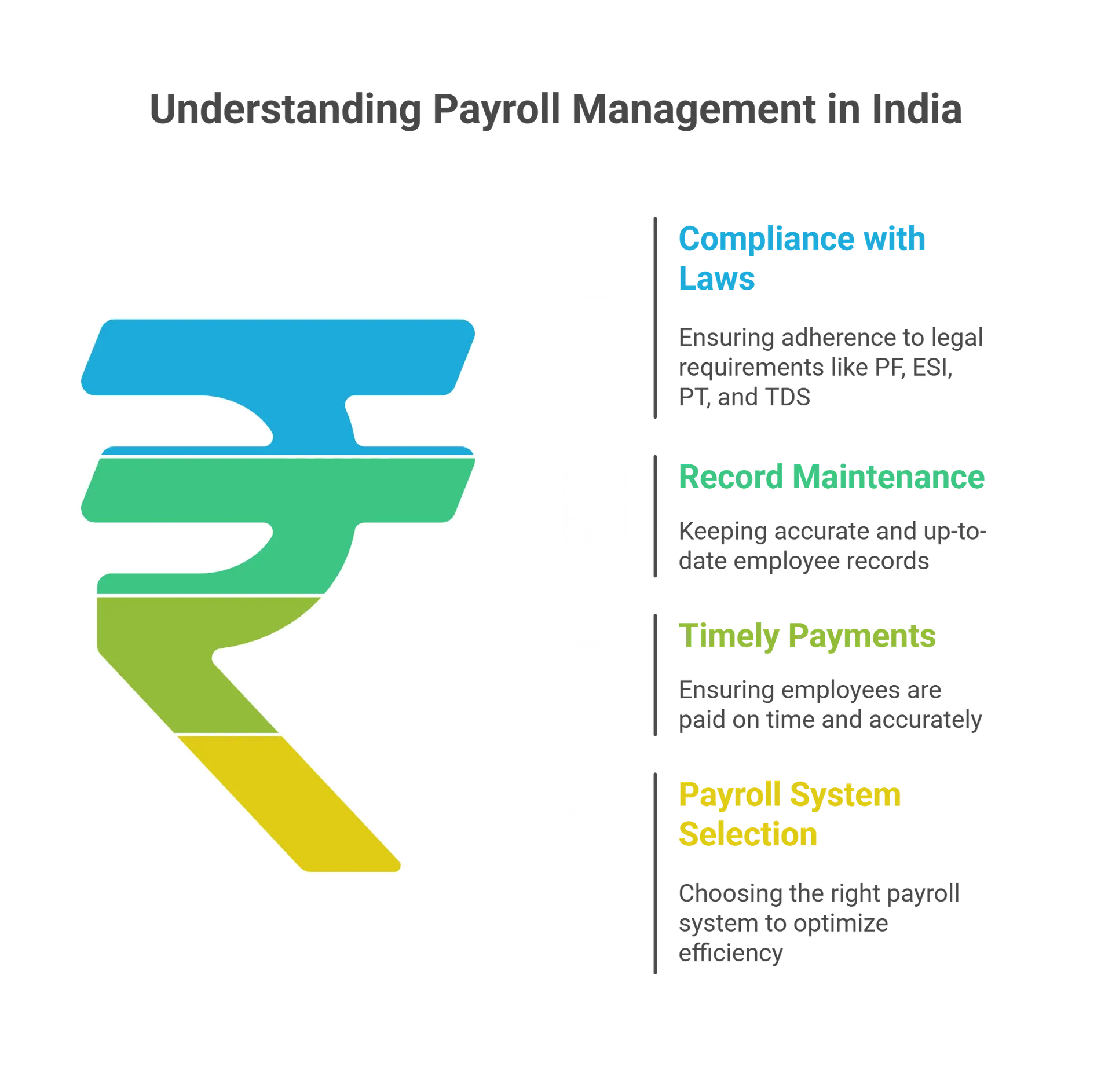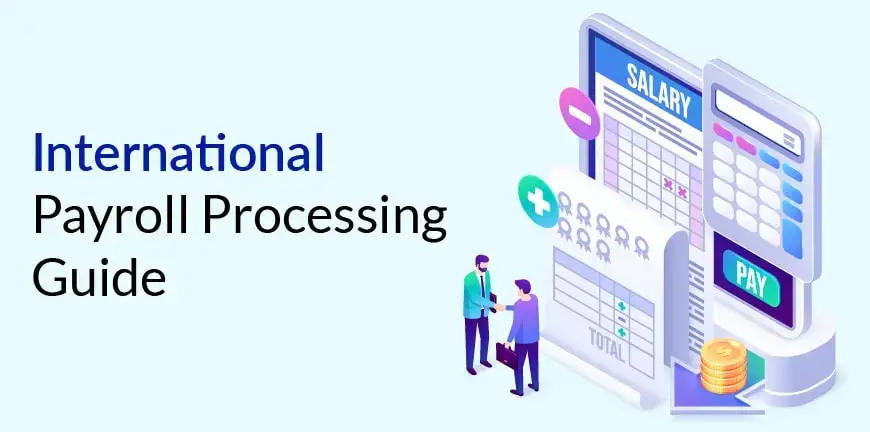What Does the Term “Job Market” Mean?
- The job market refers to the arena where employers seek out potential employees while individuals actively search for employment opportunities.
- Rather than a physical location, the employment symbolizes the dynamic competition and interaction among various segments of the workforce.
- It is also referred to as the labor market.
- The job market’s size can expand or contract based on the demand for labor and the pool of available workers within the broader economy.
- Other influences on the job market encompass the specific requirements of industries, the necessity for particular educational backgrounds or skill sets, and the essential job responsibilities.
- The job market constitutes a vital element of any economy and has a direct correlation with the demand for goods and services.
The Job Market and Unemployment Rate:
- The state of the job market is intricately linked with the unemployment rate. This rate signifies the proportion of individuals within the workforce who are actively searching for employment but are currently jobless.
- A higher unemployment rate corresponds to a greater supply of labor in the overall job market.
- When there is a larger pool of candidates available, employers gain the flexibility to be more selective and may exert downward pressure on wages.
- Conversely, as the unemployment rate decreases, employers face heightened competition in securing available talent.
- This competition for employees contributes to an upward push on wages.
- The wages established by the job market serve as crucial indicators for economic analysts and policymakers who base their decisions on the health of the broader economy.
- During periods of economic hardship, unemployment tends to rise due to potential workforce reductions and a decrease in new job opportunities offered by employers.
- This circumstance makes it more challenging for job seekers to find employment.
- Elevated unemployment rates can extend periods of economic stagnation—where the economy experiences prolonged periods of minimal growth—and can lead to societal unrest, ultimately restricting the prospects for individuals to attain financial security.
- The condition of the work force is assessed through a report known as the Current Population Survey.
- Conducted monthly by the U.S. Bureau of Labor Statistics, this statistical survey involves around 60,000 households as a representative sample.
Its goal is to determine regional unemployment rates, earnings of participants, work hours, and various other demographic elements
KEY TAKEAWAYS:
1. Employer-Employee Interaction in the Job Market:
- In the job m, employers actively seek suitable candidates to fill job vacancies within their organizations.
- This involves advertising job openings, evaluating applicants, and ultimately selecting the best candidates to join their workforce.
- On the other side, individuals who are seeking employment actively explore job opportunities within the market.
- They submit applications, attend interviews, and make decisions about which job offers to accept.
2. Job Market Dynamics and Size:
- The job market’s size and activity can fluctuate based on several factors.
- These include the overall demand for labor from businesses and organizations and the number of individuals available and willing to work within the economy.
- When businesses are expanding and creating more job opportunities, the job market grows.
- Conversely, during economic downturns, the workforce can shrink as businesses reduce hiring or lay off workers.
3. Relation with Unemployment Rate:
- The job market and the unemployment rate are closely interconnected.
- The unemployment rate represents the percentage of people who are actively seeking employment but are not currently employed.
- When the labour force is robust with many job opportunities and high demand for labor, the unemployment rate tends to be lower.
- Conversely, when the job is weak, with fewer available jobs and higher competition, the unemployment rate tends to rise.
Example of a Job Market:
- To provide an illustration, consider data from the U.S. Department of Labor’s Bureau of Labor Statistics.
- In July 2022, the employment in various sectors excluding agriculture increased by a significant 528,000.
- This indicates that multiple industries were hiring and expanding their workforce during that time.
- Additionally, the unemployment rate, which is a lagging indicator, decreased to 3.5%.
- This suggests a relatively favorable job market environment where many individuals found employment opportunities.
- Notably, industries like leisure and hospitality, professional and business services, and healthcare exhibited positive employment trends during this period.
In essence, comprehending the job market’s dynamics is paramount. Its fluid interplay between employers and job seekers shapes economic landscapes. The bond between the job market and unemployment rate reveals opportunities and competition. Understanding these intricacies, from industry demands to workforce trends, informs policies and individual choices. In a world of constant change, grasping the job market’s pulse empowers us to navigate its currents effectively.








